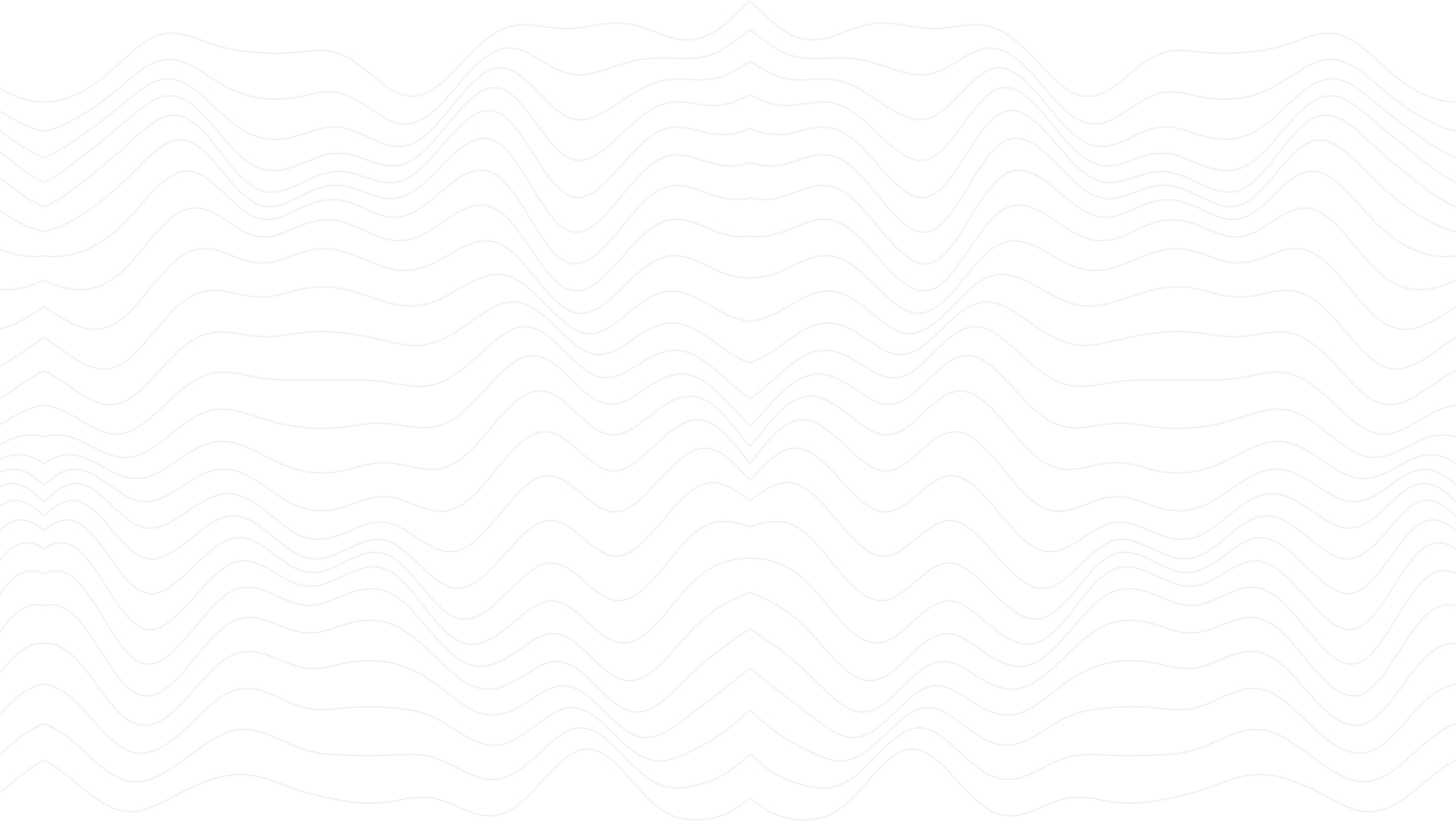CIT offers Mongolian interpreters and translators with legal, medical and specialty experience, including criminal and civil matters, employee meetings, engineering, patent cases, labor disputes, immigration and more.
Although based in Los Angeles, CIT offers comprehensive Mongolian language services including interpretation, translation and transcription, 24 hours a day, 7 days a week, worldwide. Our interpreters and translators are native speakers who have been screened, certified, have provided credentials, field tested, and kept up to date with developments in both English and the Mongolian language through means such as lectures, conferences, and travel. CIT’s Mongolian language interpreters and translators possess in depth knowledge of the Mongolian language, as well as of the culture and history of the Mongolian people, allowing them to provide informed and complete interpretation and translation.
The Mongolian language is spoken by about 5 million people. The Altaic language is spoken in Mongolia, China. Afghanistan and Russia. There are several dialects, or varieties of Mongolian. They include Khalkha, which is the national language of Mongolia, along with Oirat, Chahar and Ordos, dialects of Mongolian that are spoken in the Inner Mongolian Autonomous Region of China. There are additional languages that are part of the Mongolian language family. They include Buryat and Kalmyk, which are spoken in Russia and Moghul (also known as Mogul), which is spoken in Afghanistan.
In the early 13th century, Chinggis Khan had defeated the Naimas, which were a Turkic tribe occupying Central Asia. Khan captured the Uyghur scribe, Tatar-Tonga, who used the Old Uyghur alphabet to write the Mongolian script. This specific script is known as Uighurt/Uyghur Script and is the classical of traditional Mongol script. The traditional Mongolian script was not idyllic for writing the Mongolian language, and even less so for writing Chinese. During the 1200s, a Tibetan monk named Drogon Chogval Phagpa created the Phags-pa script. This script is known as the new Mongolian script and was based on Tibetan script. However, this script was never predominately used and when the Yuan dynasty fell in the mid 14th century, Phags-pa was used for Mongolian phonetic glosses in Chinese writings.
A few centuries later, in the late 1600s, a Mongolian monk and scholar, Bogdo Zanabazar, created Soyombo, a new Mongolian script which was also used to write Chinese and Sanskrit. Its primary use was to translate Buddhist texts from temples into Mongolian. Zanabazar also made another script, Mongolian Square Script (aso known as Mongolian Horizontal Square Script). This script was revived in turn of the 19th century and was based on Tibetan script. Prior to this, however, in the mid 15th century, Ayuush Guush, a translator and scholar, added letters to the traditional Mongol script. This allowed loanwords from Tibetan, Sanskrit and Chinese to be written in Mongolian by emphasizing sound and pronounciation more appropriately.
Between February and March 1941, the Mongolain government got rid of the traditional Mongolian script and Mongolian was written in the Latin alphabet. After this brief time period, the Cyrillic alphabet was then used as the official writing system of Mongolian. Cyrillic was used because the Latin alphabet did not accurarely represent the sounds and pronounciations of Mongolian. However, many believe that the switch from Latin to Cyrillic may have been political.
Ever since 1994, many have wanted to reintroduce the Mongolian script. Currently, it is taught in some schools as more of a decorative subject, such as for art and calligraphy. In the Inner Mongolian Autonomous Region of China, Mongolian script is still used, although many in Mongolia known nothing about this traditional script.
When writing in Mongolian, it is important to note some specific features of the script. For example, Mongolian script is a phonemic alphabet which used different letters for consonants and vowels. The script is written from left to right in vertical colums from top to bottom. Letters have several different shapes which depend on the position of the letter in a word and which letter it proceeds. Additionally, Mongolian script is usually taught in syllables as opposed to specific letters.


No matter what your needs may be, we can and are ready to assist you now. We have translators and interpreters standing by 24/7.

CIT's interpreter is such a rockstar, and it’s so great to have him as a lead interpreter for our Board meetings. About Our Interpreters 
Thank you for always being able to handle emergency interpreting assignments with ease. About Urgent Requests 
Thank you for always being able to handle emergency interpreting assignments with ease. About Urgent Requests 
Your translation rates are more competitive than other language service providers I used in the past. About Pricing 

Professionalism matters at CIT. We respond to request inside 24 hours.







